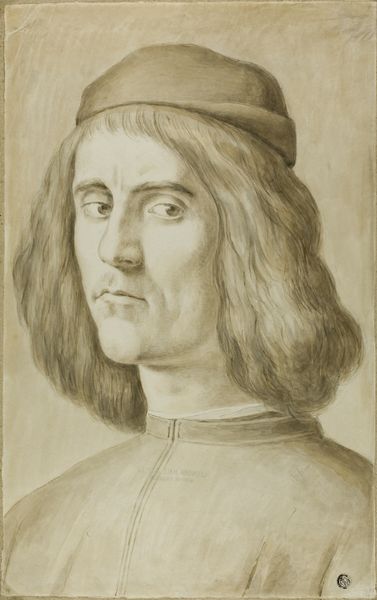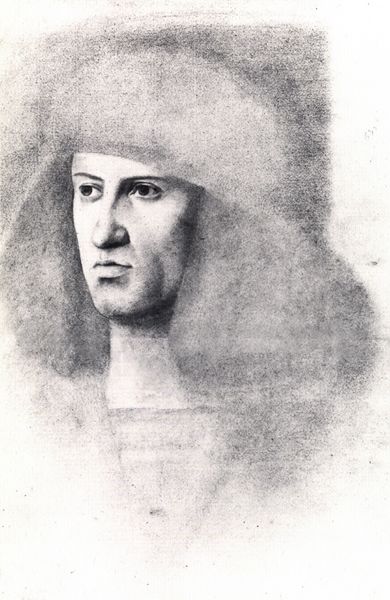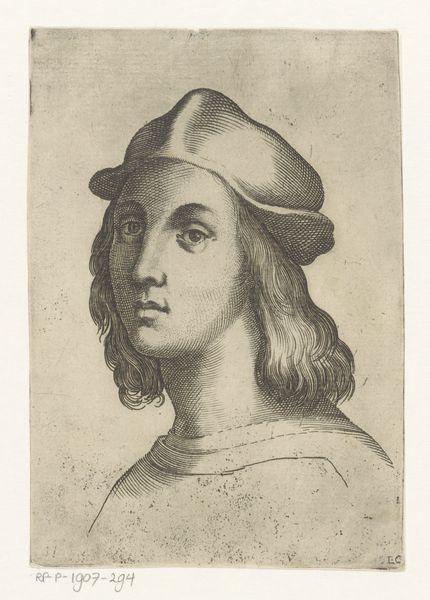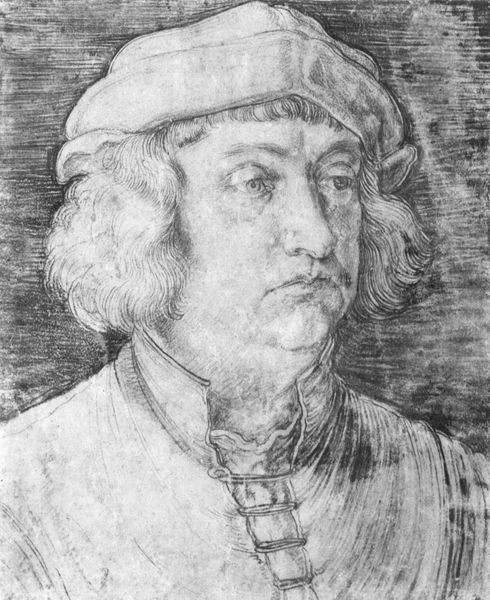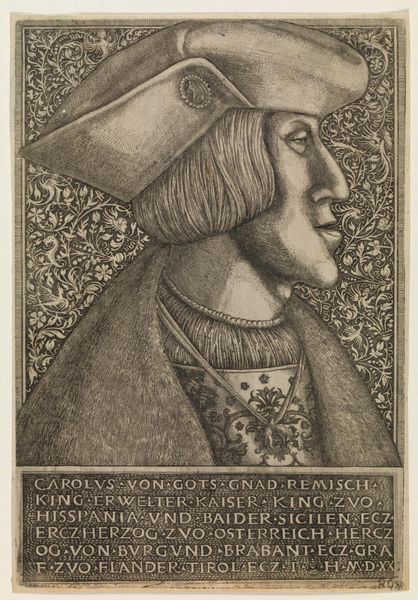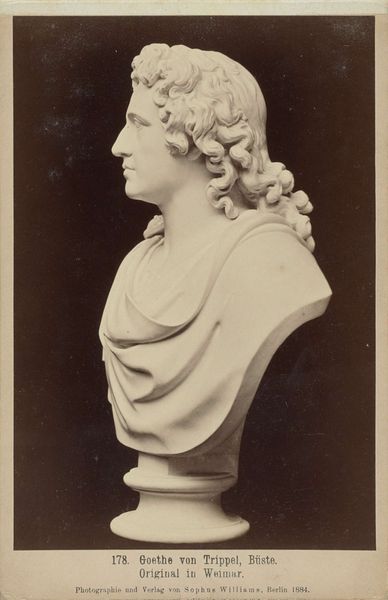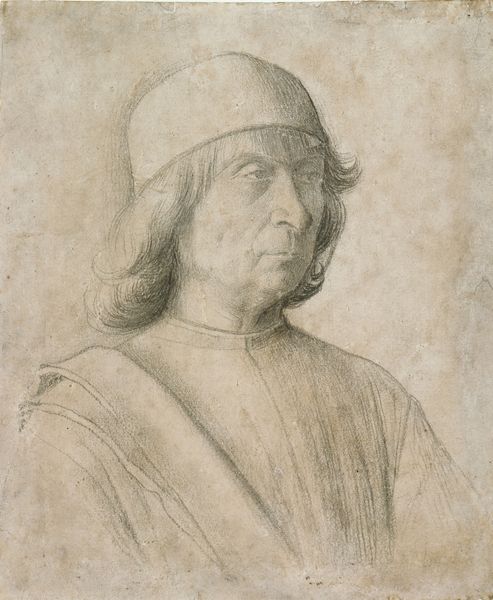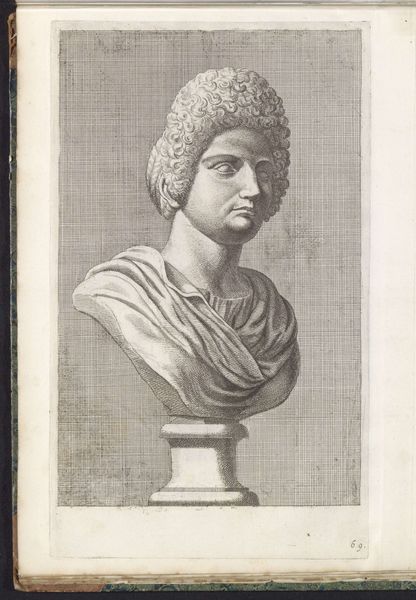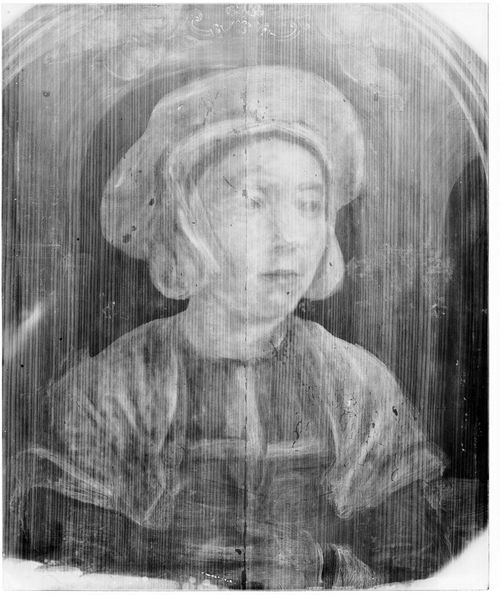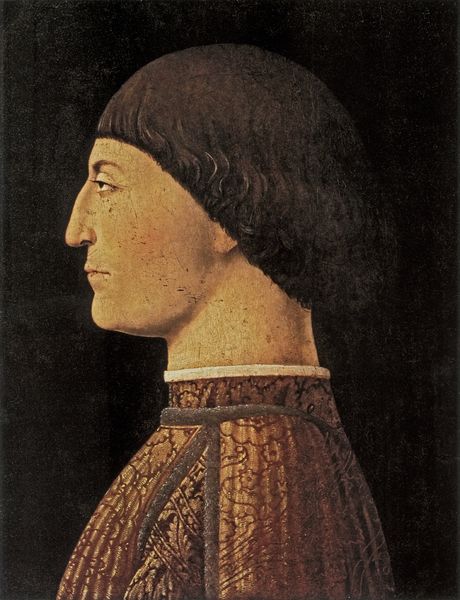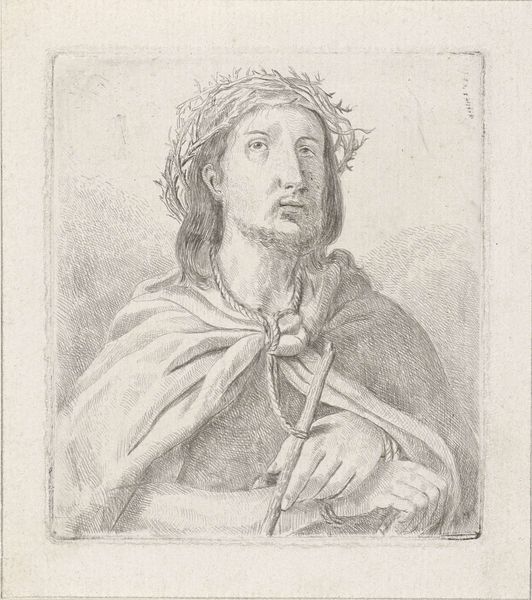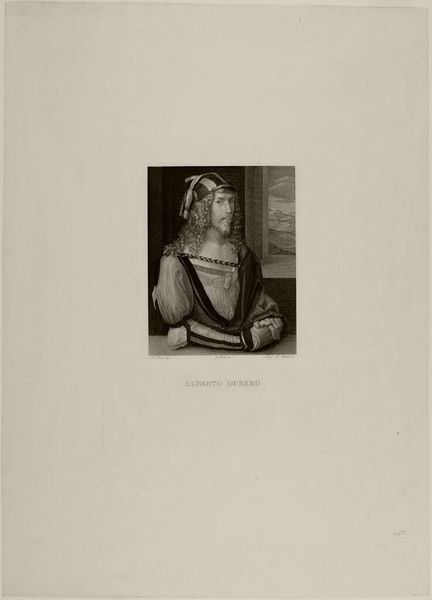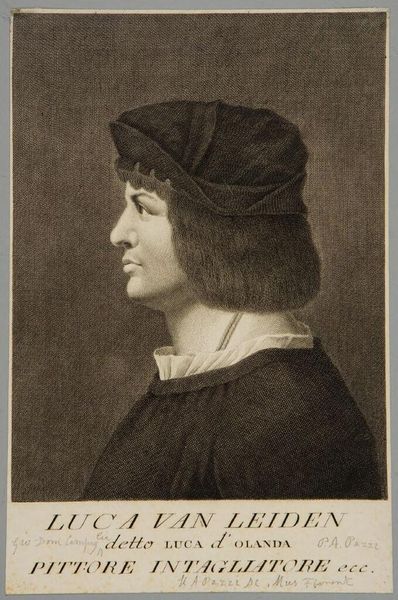
carving, relief, sculpture, marble
#
portrait
#
carving
#
sculpture
#
relief
#
figuration
#
form
#
11_renaissance
#
sculpting
#
classicism
#
sculpture
#
men
#
decorative-art
#
marble
#
italian-renaissance
#
profile
Dimensions: Overall: 17 1/4 × 12 1/4 in. (43.8 × 31.1 cm); Framed: 25 7/8 × 20 1/8 in. (65.7 × 51.1 cm)
Copyright: Public Domain
Curator: What a captivating piece. This marble relief, dating from between 1495 and 1515, is attributed to Gian Cristoforo Romano. The work is titled "Portrait of a Youthful Patrician." Editor: My first impression? A kind of restrained elegance. The profile view is almost austere, but the soft, flowing hair and the delicate carving of the clothes hints at a sensuality underneath. Curator: Absolutely. It’s vital to situate this portrait within the Renaissance obsession with classical ideals and also the explosion of new money. Portraiture, particularly for the rising merchant class, became a powerful tool for social and political assertion, visually aligning themselves with established power. Editor: I'm fascinated by the enduring symbolic power of the profile. Consider how ancient coins used the profile to convey power and individuality – a tradition that carries forward here, suggesting the subject's elevated status, but there is such gentleness as well. He has very soft, delicate features. Curator: Precisely. We can consider how Renaissance ideals about male beauty often reinforced dominant patriarchal norms; while celebrating male beauty it always re-inscribed class and power. So, let's analyze this young man. Editor: His attire too seems less overtly ornamental than you might expect of a patrician. Instead, there’s intricate pattern work. Do the motifs woven into the fabric hold meaning, acting almost like a family crest subtly worked into the design? Curator: Yes, I agree and if we really wanted to dig we might examine how clothing served as a nonverbal signifier of class and social role. What does it say about the work’s reception when you can tell a noble, from merchant or servant simply from dress alone? It’s a tool in establishing order but what happens when you get cultural transgression and dressing above or below ones given position? Editor: Interesting, this sculpture invites one to meditate on both the strength and the delicate ephemerality of youth and status. Curator: Indeed, seeing it through this intersectional lends complexity, urging us to see the art object as intertwined with social forces. Editor: The way visual symbols carry weight, evoking status but also mortality reminds of human impermanence despite social ambition.
Comments
No comments
Be the first to comment and join the conversation on the ultimate creative platform.
